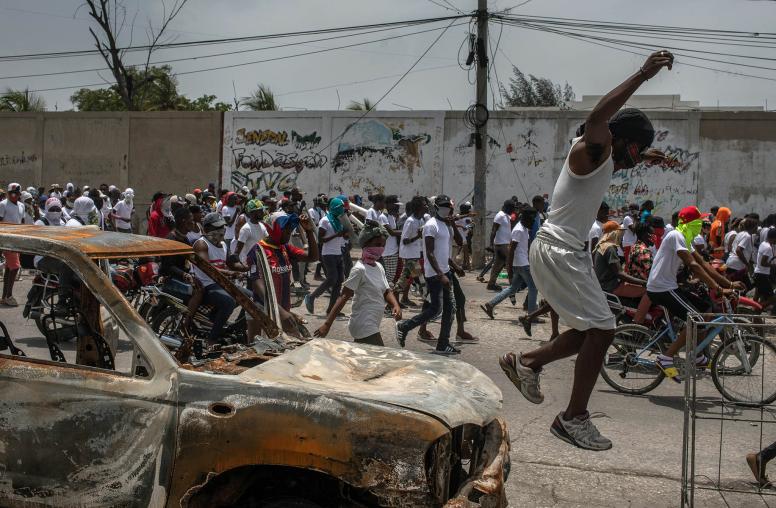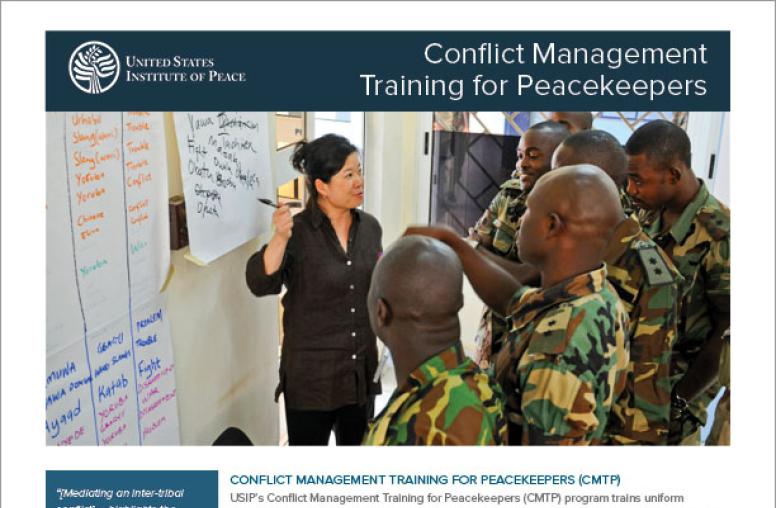How Capacity Building Abroad Saves Money

So-called capacity building, the transfer of knowledge and skills, has become a key approach to addressing stabilization and reconstruction in post-conflict and post-crisis environments. But we should also think of capacity building as the approach to preventing conflict: “preventive capacity building.” In an environment of austerity and fiscal responsibility, strengthening the capacity of fragile states in order to assist in the development of their ability to manage conflict makes more sense than ever.
Indeed, capacity building projects typically have a much lighter footprint and that can translate to saving money – and lives. And as a preemptive measure, capacity building is the more sustainable alternative to having to establish security and other basic services on behalf of local governments. The foreign assistance community is in a position to prevent conflict by building the capacity of fragile governments by supporting the development of governmental institutions which can provide the service they were created to provide equitably, systematically and reliably. For example, if the government provides basic services to the population, indiscriminately, and an opportunity to oppose the status quo, conflict is much less likely. And the very high cost of stabilizing and rebuilding is averted – and internationals do not necessarily have to expose their forces in those stabilizing countries. In order to engage in capacity building to avoid conflict, we must continue to become ever more proficient at institution building and strengthening. Indeed, building strong institutions who can remunerate their police officers, provide opportunities for women to join the security forces, to provide clean water, controlled borders lends legitimacy to the government, its institutions and the society at large. The field of capacity building must continue to be professionalized through training and informing those who deploy to transfer their needed expertise.
Professionalizing capacity building as an approach to conflict management makes sense: it means becoming experts at actively listening, understanding how to engage local actors, enlisting the advice of stakeholders to determine the viability of “exported” ideas and standardizing, albeit loosely, how capacity building is conducted. In order to render government institutions a service provider, the international community has begun to engage much beyond the train and equip model. Indeed, many donor governments are beginning to have a significant resume of capacity building at all levels including institution building, training and equipping, and the promotion and strengthening of civil society. Much of it has yielded significant results but many efforts are still falling short as our own capacity to build capacity in far away, foreign places can also be limited.
Comments:
| Date: Friday, May 25, 2012 3:02 PM From: Erik Leklem, Office of the Secretary of Defense |
|
Pursuing low-cost, light-footprint capacity building abroad makes even more sense in an era that demands new thinking on how to foster security amidst austerity. Modest, but well-conceived institution building, especially as a preventative measure, seems to hold much promise for the U.S. in the years ahead. |



